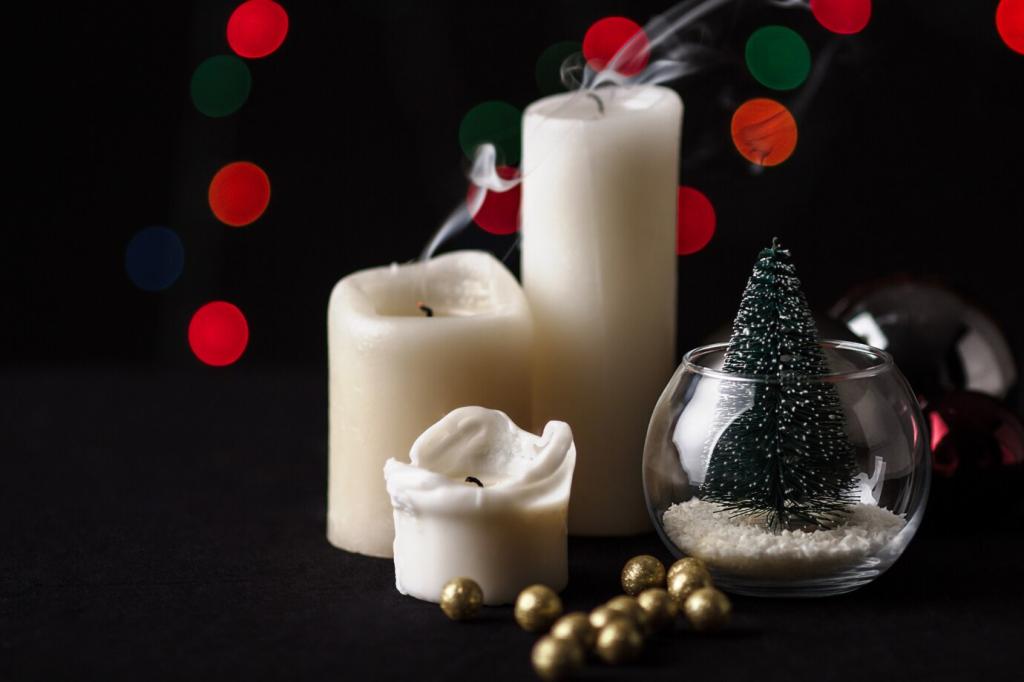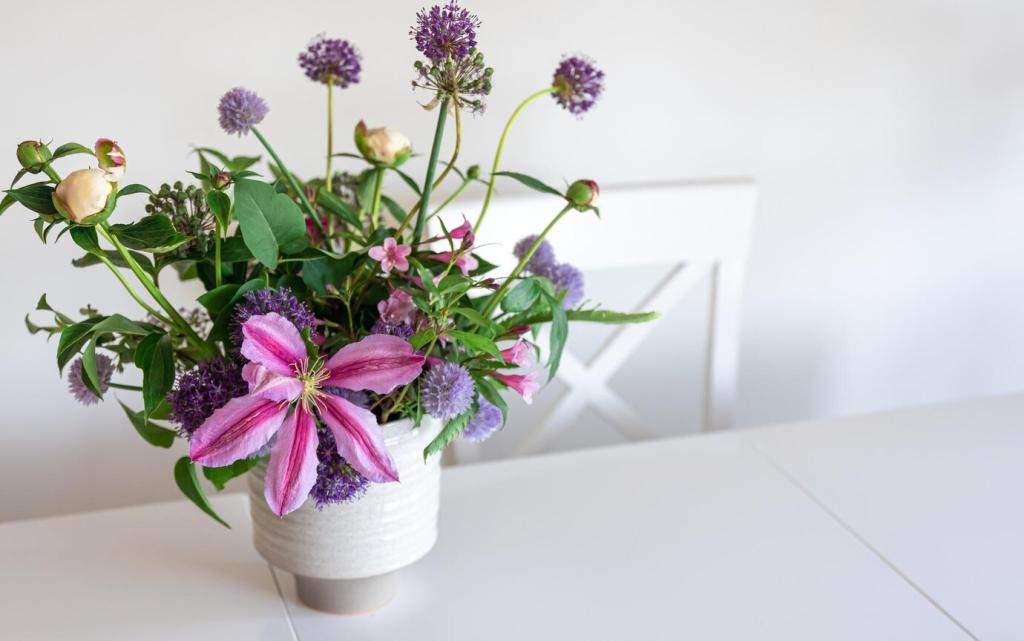Biophilic Design: Bringing Nature Indoors
Why Biophilic Design Works: The Science at Home
Research consistently links nature cues indoors with lower cortisol, steadier heart rates, and improved attention. Even modest interventions—like a leafy view, textured wood, or a small fountain—can calm the nervous system. Tell us where you feel most relaxed at home and why those details matter to you.

Why Biophilic Design Works: The Science at Home
Nature’s fractal patterns invite gentle engagement without overload. Leaf veining, ripples on water, and grain in timber carry mid-level complexity that brains prefer. Try framed macro photos of bark or a woven rug with organic motifs, then notice whether your eyes linger longer and your shoulders drop.
Materials and Textures that Echo Nature
Warm wood and the comfort of human touch
A hand-oiled oak shelf or walnut tabletop invites slow moments. People often rest a palm on wood without thinking, borrowing its subtle warmth. Try a wood tray by the kettle or a maple stool near the window, and tell us how your morning tea feels in that small sanctuary.
Stone, clay, and the calming weight of earth
Slate coasters, a clay lamp base, or limewash plaster add mineral presence and soft light diffusion. Their micro-texture scatters glare and anchors the eye. If you rent, start small: a stone bowl for keys or a terracotta cachepot. Which earthy detail do you notice most at dusk?
Natural fabrics that breathe and soothe
Wool throws, linen curtains, and cotton cushions tempers acoustics and reduce visual shine. They age gracefully, telling a story with every soft crease. Swap a synthetic pillow for linen and open the window; listen to the fabric rustle. Share a fabric tip that made your room exhale.
Plants as Design Partners
Match light levels and humidity to plant temperament. ZZ plants tolerate low light; calatheas love moisture; herbs crave bright kitchens. A reader named Maya placed a trailing philodendron by her hallway mirror, turning a dull corner into a living greeting. Which plant made your entry feel alive?




Layouts for Prospect and Refuge
Tuck a chair near a leafy window, add a low lamp, and drape a wool throw. A living fern at elbow height turns reading into a ritual. Curtains can form a soft canopy for deeper focus. Where does your refuge live at home, and what small change would make it irresistible?
Layouts for Prospect and Refuge
Clear sightlines to windows or plant clusters to reduce visual obstacles and mental friction. Try moving a tall bookcase sideways, placing a slim fig behind it to create a layered view. Share a before-and-after of a small furniture shift that opened your room to light and leaves.


Urban Biophilia: Apartments and Rented Spaces
Balcony and windowsill habitats that thrive
Use railing boxes, terracotta pots, and dwarf varieties to build a layered mini-garden. Choose pollinator-friendly blooms where possible, then enjoy morning visits. Rotate tough herbs indoors during cold snaps. What is the smallest outdoor ledge you have transformed, and which plant surprised you most?
A biophilic workspace that respects Zoom and focus
Place a mid-height plant behind your chair, add a linen pinboard, and keep a wood tray of essentials. Daylight from the side minimizes screen glare. Share your work setup and subscribe for monthly micro-guides—lighting tweaks, plant stands, and soundscapes that support deep, humane productivity.
No-drill, no-paint, big-impact ideas
Try peel-and-stick cork tiles, freestanding trellises, adjustable tension rods for hanging planters, and woven baskets for hidden pots. Layer a jute rug to warm echoey floors. Which renter-safe hack earned you the biggest calm-per-dollar return? Tell us and inspire a neighbor in the comments.

Maintenance and Longevity: Making Nature Stick
At equinoxes, wipe leaves, re-pot root-bound plants, wash curtains, and re-oil wood. Swap heavy textiles for breezy ones in spring. Set a recurring calendar reminder and keep tools in a single basket. Want a printable checklist? Comment “checklist” and subscribe to get it in your inbox.
Maintenance and Longevity: Making Nature Stick
Use fresh, well-draining mix, water deeply but less often, and improve airflow. For pests, start with a shower, sticky traps, and neem dilutions. Observe leaves weekly to catch issues early. Share your go-to plant-care tip or a rescue story that turned a struggling friend into a showpiece.
